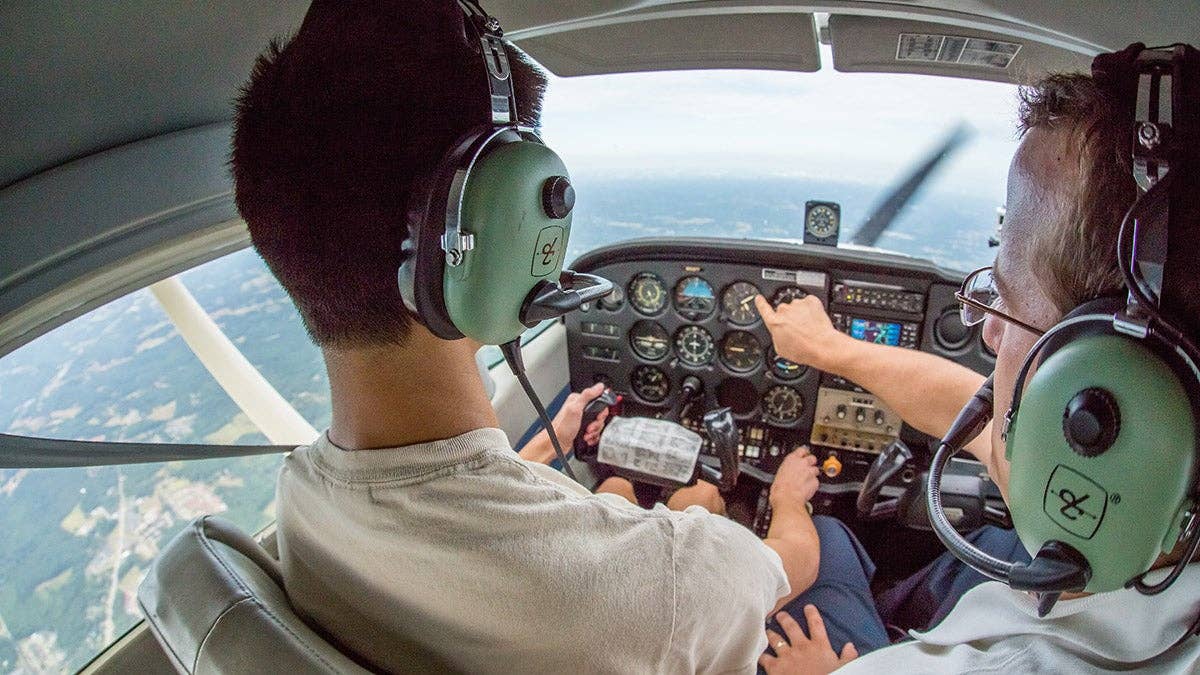
The FAA says improperly removing an unused control wheel in skydiving operations could pose a safety hazard to jumpers. Pixabay
Skydiving operators would like to carry as many people aloft for a single jump as possible—while observing the aircraft’s weight limits. However, the FAA has issued an important safety alert for pilots—20013—warning operators of a possibly overlooked hazard when using aircraft that are certified with two control wheels, such as single-engine Cessnas. In most skydiving airplanes, all seats are removed, except for the pilot’s, to make room for jumpers strapped in with bulky parachute gear. In order to make entry and exit from the airplane easier, some skydive operators remove the right side control wheel. Sometimes, operators also leave the protruding column to which the wheel was attached in place. This can pose a serious risk to a jumper sitting near the pilot.
In an accident noted by the agency, the skydiving operator also left the control on the right side in place. At some point, the control column of a Cessna P206 fatally impaled a skydiver sitting on the floor next to the pilot. During an operational inspection, an FAA employee noted that another P206A had the right-hand column capped with a tennis ball. The columns extend into the cabin at a height that is almost certain to strike a skydiver’s head and upper-body region. The agency worried about the result should the tennis ball come lose, as well as that anything interfering with that protruding column, which could also affect aircraft control.
The FAA is reminding operators that the standards under which most airplanes are certified demand the area near the control wheel be “free of potentially injurious objects, sharp edges, protuberances and hard surfaces.” With the control tube left in place, the aircraft might not be conforming to agency certification standards, which could essentially make it unairworthy. Removal of only the control wheel could also be considered an “improper alteration of the aircraft.” The agency asks all Cessna jump plane operators ensure the complete right-side control is removed and inspected by a certified A&P technician before being returned to service.

Sign-up for newsletters & special offers!
Get the latest FLYING stories & special offers delivered directly to your inbox






